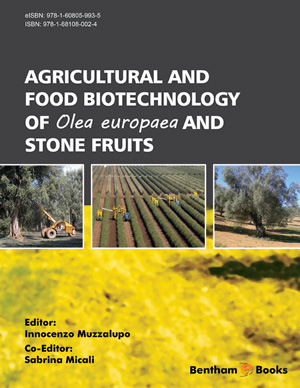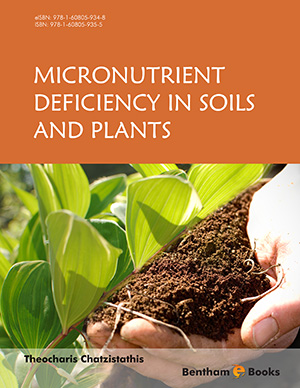Abstract
Utilizing novel rations in chicken feeding in developing countries has drawn considerable interest in the recent few years. Moringa oleifera is originally planted in India. It is cultivated in tropical and subtropical regions all over the world. It is famous as ‘drumstick tree’ or ‘horseradish tree’. Moringa can bear both aridity rime and intense moderate conditions. Thus, it is vastly planted in numerous soils. Each part of this tree is convenient for either nutritional or merchant targets. In general, it has elevated nutritious values. Leaves contain a high amount of minerals, essential phytochemicals and vitamins. Leaves can be utilized to cure undernourishment. In addition, it could be utilized as a prospective antioxidant, an anticancer, antidiabetic, anti-inflammatory and antimicrobial agent. Moringa contains a crude protein that varies from 71.2 to 391.7 g/kg, and varying parts of this plant are the reason for this variation. But Moringa holds anti-nutritional factors like phytates, trypsin inhibitors, oxalates, tannins, saponins and cyanide that negatively influence the metabolism of protein and mineral, as well its bioavailability to the chick. Phosphorus bioavailability can be boosted by adding phytase to the diet, which breaks down phytate that binds phosphorus. Previous studies demonstrated that the integration of Moringa in poultry diets could enhance productive performance traits and chickens' growth. Thus, this chapter compiles the usage and possible toxicity of Moringa oleifera and its characterization. In addition, the nutritional composition, phytochemicals, antioxidants of Moringa oleifera leaf meal and its application in poultry diets are also outlined.
Keywords: Antioxidants, Leafs, Moringa oleifera, Phytochemicals, Poultry, Productive performance.














